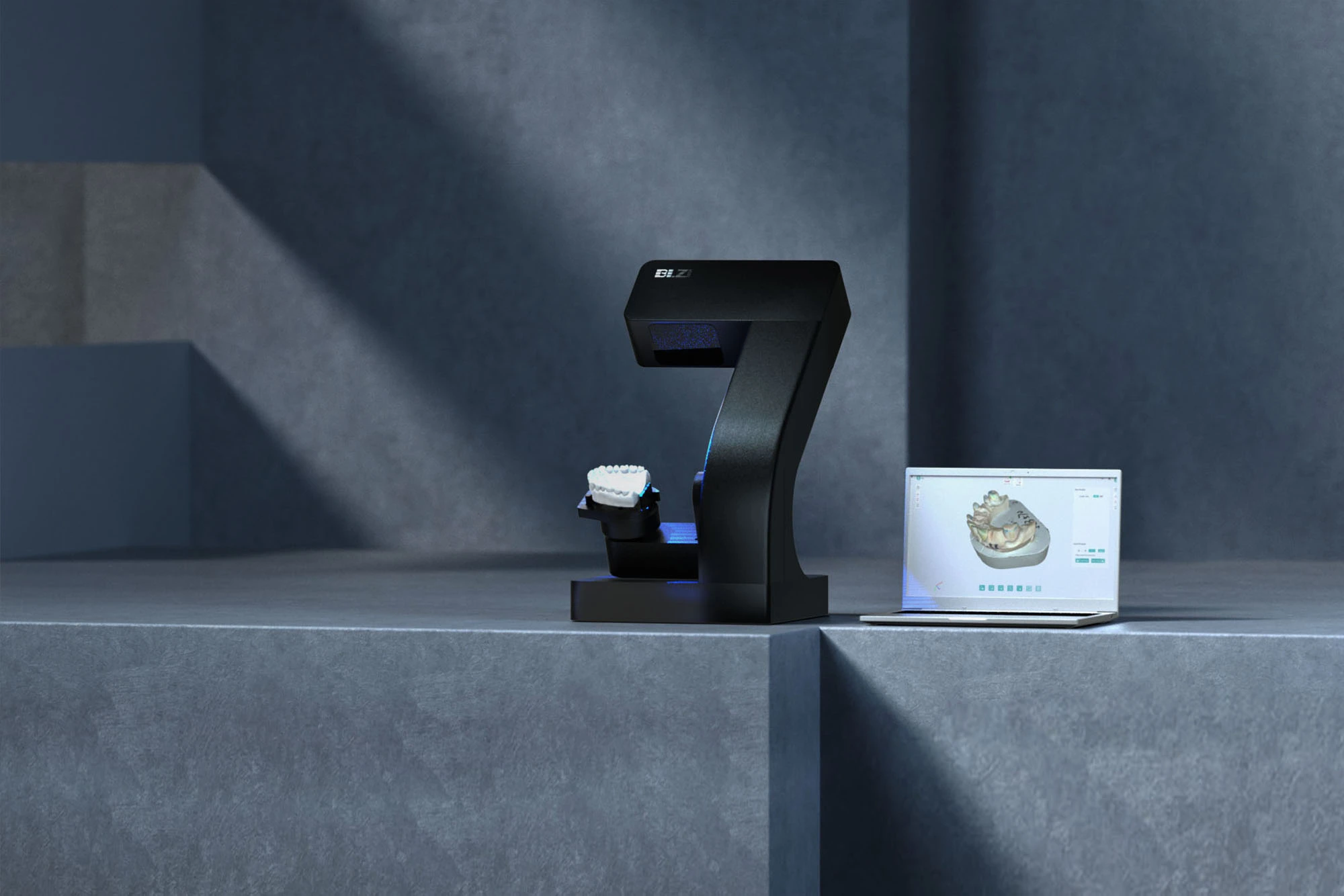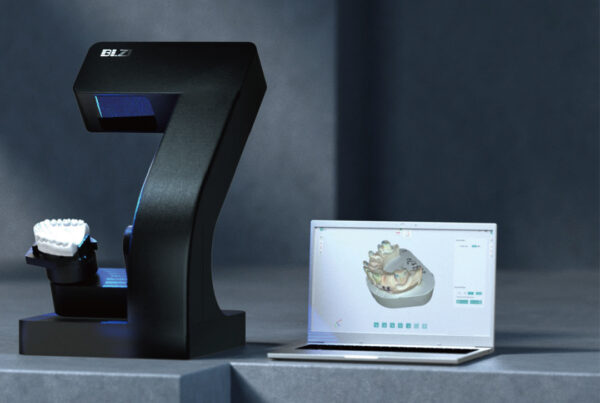Dental professionals and labs are now digitizing their dentistry workflows to increase efficiency. One of the keys to this digital dentistry transition is the desktop dental 3D scanner. This article provides an overview of how to differentiate and compare different levels of dental lab scanners. I hope this passage was useful in finding the most appropriate and cost-effective dental lab scanner for your dental lab.
Features for Level Evaluation
Accuracy
As a factor that determines the quality of dental laboratory work, accuracy is a key factor that must be taken into account. Dental 3D scanner accuracy is measured in microns or micrometers. Machines with ISO 12836 certification have used standardized testing to establish their level of accuracy.
Speed
The time it takes to scan a full arch model is listed as the speed of most 3D scanners. However, because software processing times may be longer than scanning times, this may not be a reliable indicator of productivity. As a result, the time required for the entire workflow, including post-processing and manual operation, must be considered.
Capacity
– Color / texture
Some dental scanners offer texture scanning and/or color scanning, which may be useful for matching or capturing handwritten notes on models.
– Multi-item scanning (All-in-one)
Dental 3D scanning often involves scanning several items at once, such as a pair of arches or set of dies. A scanner with all-in-one function can help the operator save much time and work procedures.
Technology
– Structured light (blue, white) or laser
The majority of desktop dental 3D scanners use structured light technology, with blue light being preferred over white light. Laser line technology functions similarly, but it may be slower and cause harm to people.
Training and Support
One of the standards for evaluating the service quality of scanner suppliers is training and support. When adjusting to a new scanner, training allows users to become acquainted with its full capabilities, while support allows users to quickly resolve any issues that arise.
Three Different Levels of Dental 3d Scanner
After evaluating all the features mentioned above, we divide the dental lab scanners available on the market into three levels.
Level A
Lab scanners that belongs to this level are basically the most advanced machines in the market. The overall capacity, scan accuracy, speed and so on are sure excellent. The average price for scanners in level A is about 15000USD-26000USD.
-Accuracy: 4~8μm;
-Speed: 10~15s for full arch scan, 0~8s for post-processing time, 90s-120s for both arches and die scanning for restoration treatment;
-Capacity: Have True color and texture scanning and all-in-one scanning;
-Technology:Structured light.
-Training and Support: Free training, Learning center, Remote maintenance, On-line support, On-site device maintenance, Replacement or backup device.
Level B
The overall performance of lab scanners in this level is not bad. But there are some obvious short boards such as no true color and texture scanning, long post-processing time and lower accuracy. Taking all the factors into account, the average price for scanners in level B is about 9000USD-15000USD. But there also are some brands charge higher, though their scanners are not so good.
-Accuracy: 8~10μm;
-Speed: 15~25s for full arch scan, 10~15s for post-processing time, 100s-150s for both arches and die scanning for restoration treatment;
-Capacity: Have all-in-one scanning but no true color and texture scanning;
-Technology:Structured light.
-Training and Support: Training by technical consultants included in the price of the scanner, on-line support.
Level C
The market potential for dental scanners is huge. There is no doubt that more and more new-born brands of lab scanners are struggling to enter the stage. However, the truth is that many of them are not able to compete with machines that belongs to level A and level B. And it is probably going to take a long time for them to catch up. As for the price, it is between 4500USD-7000USD.
-Accuracy: ≥15μm;
-Speed: 30~40s for full arch scan, 10~15s for post-processing time, 180s-300s for both arches and die scanning for restoration treatment;
-Capacity: No true color and texture scanning or all-in-one scanning;
-Technology: Laser triangulation.
-Training and Support: Website learning material, user manual.
Which level does BLZ Dental LS100 lab scanner belongs to?
The answer is Level A! With 8 µm accuracy, LS100 dental lab scanner ensures the highest-quality scans. And it is the fastest full-color dental lab scanner up to now, it only needs 10 seconds to get a full-color full arch. The entire process of a separate-die order can be completed within 2 minutes. It can capture color texture scans, hand-marked margins, or notes. What’s more, it possesses more features such as model block-out and no post-processing time. About its capacity, LS100 supports multiple dental scan applications, including abutment, scan body, multi-die, impression, all-in-one, etc. When it comes to all-in-one, putting upper arch model, low arch model, and multi-die scanning in only one step improves scan process efficiency by approximately 60%.
Features of BLZ Dental lab scanner LS100
-Accuracy: 8μm;
-Speed: 10s for full arch scan, no post-processing time, 120s for both arches and die scanning for restoration treatment;
-Capacity: Have True color and texture scanning and all-in-one scanning;
-Technology:Structured light.
-Training and Support: Free training, Learning center, On-line support within 24 hours, On-site device maintenance, Replacement or backup device.

The overall performance of LS100 shows that it belongs to Level A. However, the price of LS100 lab scanner is much cheaper than other brands of lab scanners that also belong to Level A. Contact us today to know more about LS100 lab scanner if you are interested.
Conclusions
The average price scanners with better capacity and performance are usually more expensive. But there still are cost-effective machines which have great performance, such as BLZ Dental LS100 dental lab scanner. On the other hand, some scanners with poor performance are sold in pretty high price. So, when considering the cost for getting a lab scanner, we can’t just see the price number. Instead, we need to take more factors, like accuracy, speed, capacity and so on, in to account. Only in this way, you can find the most appropriate one.

